Turnstiles in the Alps

To deal with the crowds, farmers have taken an unexpected step: installing actual metal turnstiles at around 7,000 feet. Visitors who want to access certain scenic spots must now pay a small fee of €3–€6. The goal is to limit foot traffic and cover the costs of repairing damage caused by careless visitors. While unusual, the gates send a clear message that alpine pastures are not free-for-all playgrounds. For farmers, this small payment is not about exclusion—it’s about making people pause and think before treating working land like a tourist attraction.
A Viral Pasture Nightmare
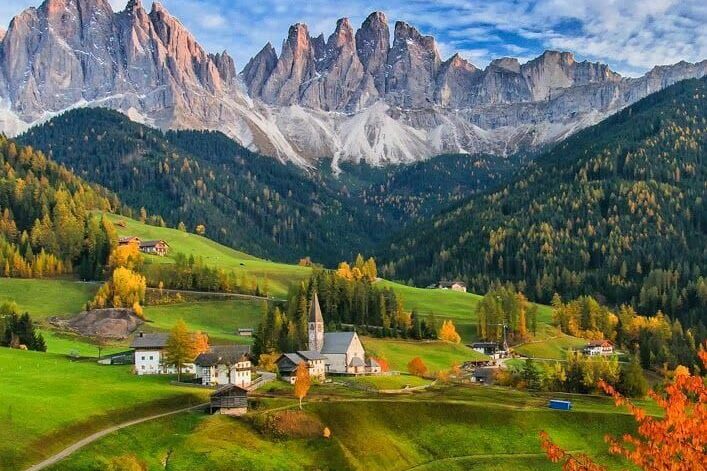
The rolling meadows near Malga San Valentino were once quiet, dotted with grazing cows and the soft sound of cowbells. But when influencers began tagging the spot on Instagram, it quickly turned into a must-see backdrop for photo shoots. The sudden wave of visitors brought more than cameras, they left behind trash, trampled crops, and disrupted livestock. What was once a peaceful workplace for farmers became a chaotic stage for viral content. Locals say the land has suffered more damage in a few years of social media exposure than in decades before, turning a serene alpine setting into an overwhelming hotspot.
Farmers Push Back
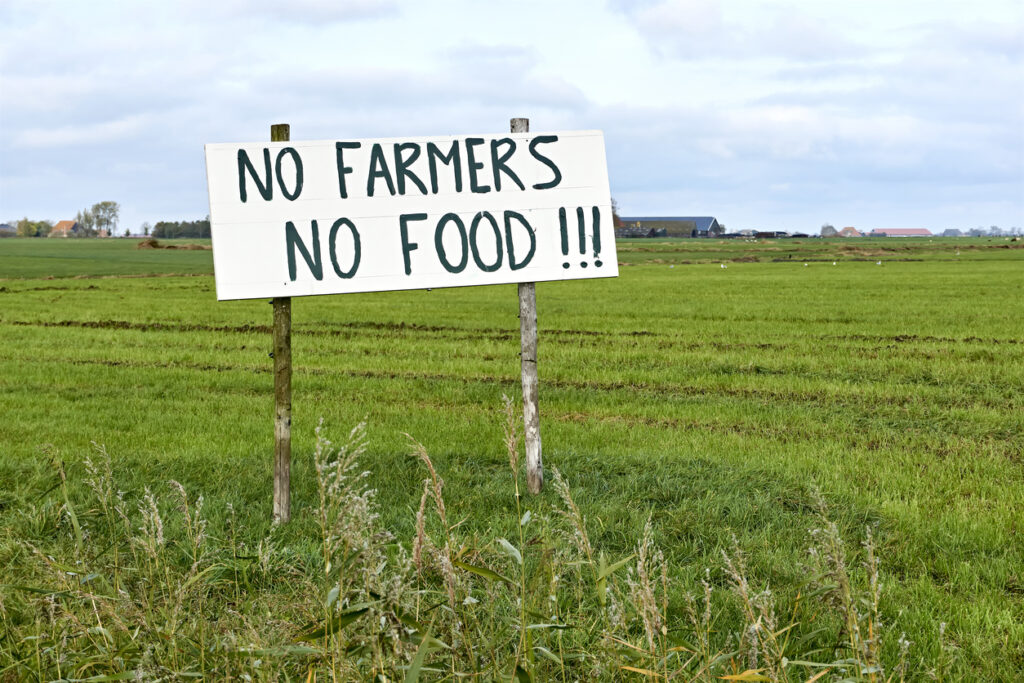
For local farmers, the decision wasn’t about hostility toward tourists but about protecting their livelihoods. One landowner summed it up simply: “It’s not a public park. It’s our workplace.” Many report strangers wandering through their fields, sitting on hay bales, or even setting up picnics in areas used for crops. This behavior doesn’t just inconvenience them, it directly threatens their ability to farm successfully. By setting boundaries with gates, farmers hope to remind visitors that the land’s beauty comes from hard work and stewardship, not from being a free backdrop for social media fame.
Social Media Reactions

The turnstiles quickly sparked debate online. Some influencers criticized the move as “greedy,” arguing that nature should be open to all. But many others supported the decision, noting that if people profit from using these views for content, it’s fair for those maintaining the land to benefit too. On social platforms, comments are divided between frustration and applause, highlighting the broader tension between free access to nature and the responsibility to preserve it. The conversation shows just how complicated the relationship between tourism, social media, and local communities has become.
More Than Just Money

While the new gates involve a fee, farmers stress that it’s not really about the money. The turnstiles serve as a physical reminder that these landscapes are not unlimited resources. Each gate represents a boundary, an invitation to treat the land with respect rather than entitlement. For visitors, the small fee is a symbolic price for mindfulness, reminding them that beautiful places are fragile and need care. In that sense, the turnstiles are less about revenue and more about sending a message: respect the land, or risk losing access to it altogether.
Not an Isolated Case
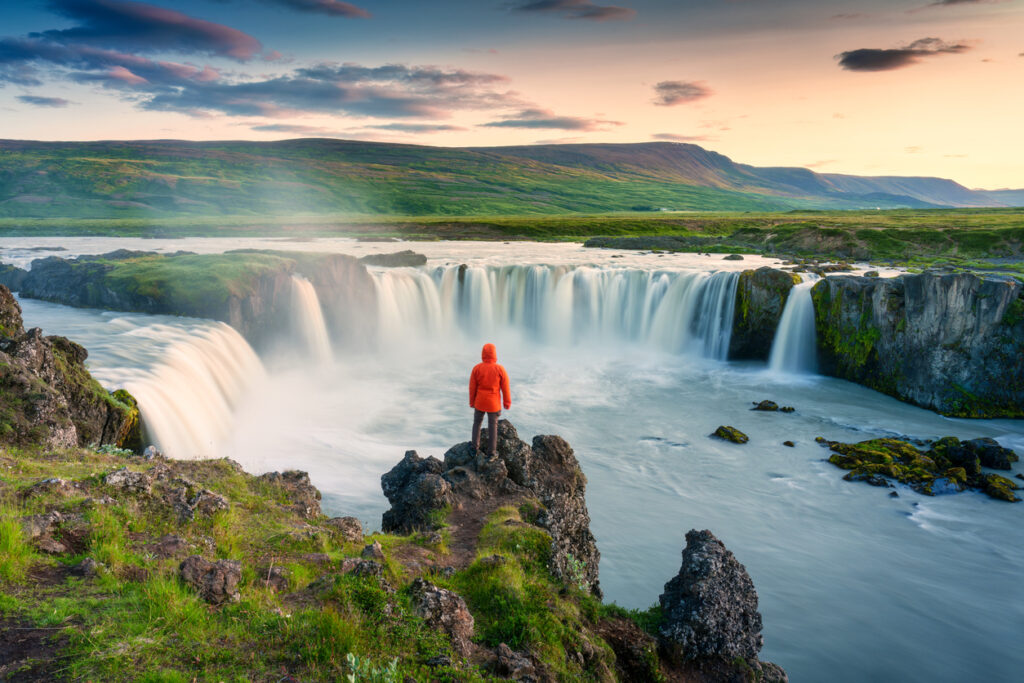
What’s happening in the Italian Alps reflects a larger global trend. From Iceland to Bali, communities overwhelmed by viral tourism have taken drastic steps to protect their environments. Iceland has closed off fragile waterfalls when too many visitors caused erosion. In Bali, drone operators face fines for disturbing ceremonies and sacred spaces. Trails in parts of the U.S. and New Zealand now require permits to manage traffic. These measures show that the problem isn’t confined to one pasture in Italy, it’s a worldwide challenge of balancing natural beauty with mass attention.
Instagram’s Influence

The rise of geotagging has transformed how people discover travel destinations. A simple photo can turn a quiet pasture or hidden trail into a global attraction almost overnight. While this visibility boosts tourism, it often comes at the cost of overuse, with litter, erosion, and careless behavior left behind. Farmers in the Alps say their pastures became overrun not because of traditional tourism but because of sudden surges driven by social media. It’s a reminder that in the digital age, even the most remote places are only one viral post away from being swarmed.
The Mental Strain
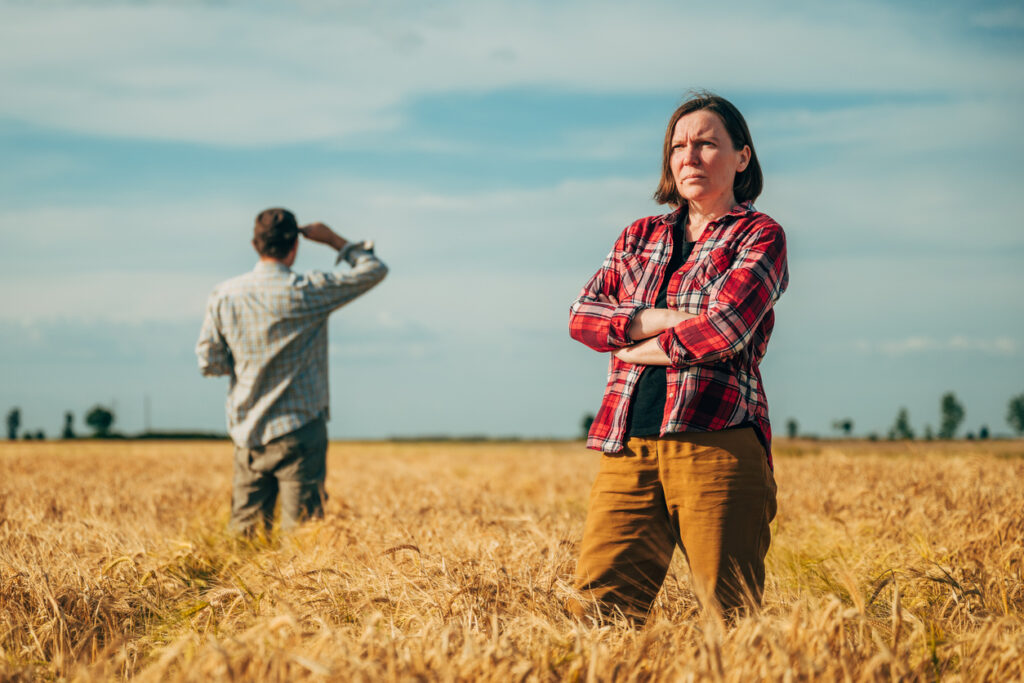
Beyond the physical damage to land, local farmers describe the emotional stress of dealing with constant crowds. Some report anxiety over strangers showing up daily, disrupting their work routines and family life. Others feel powerless watching their land treated as a photo set rather than a home. What used to be a quiet, predictable lifestyle has turned into a daily battle to protect their peace and privacy. For many, the turnstiles are not just about protecting the land but also about reclaiming a sense of control over their environment.
Tourists vs. Carelessness
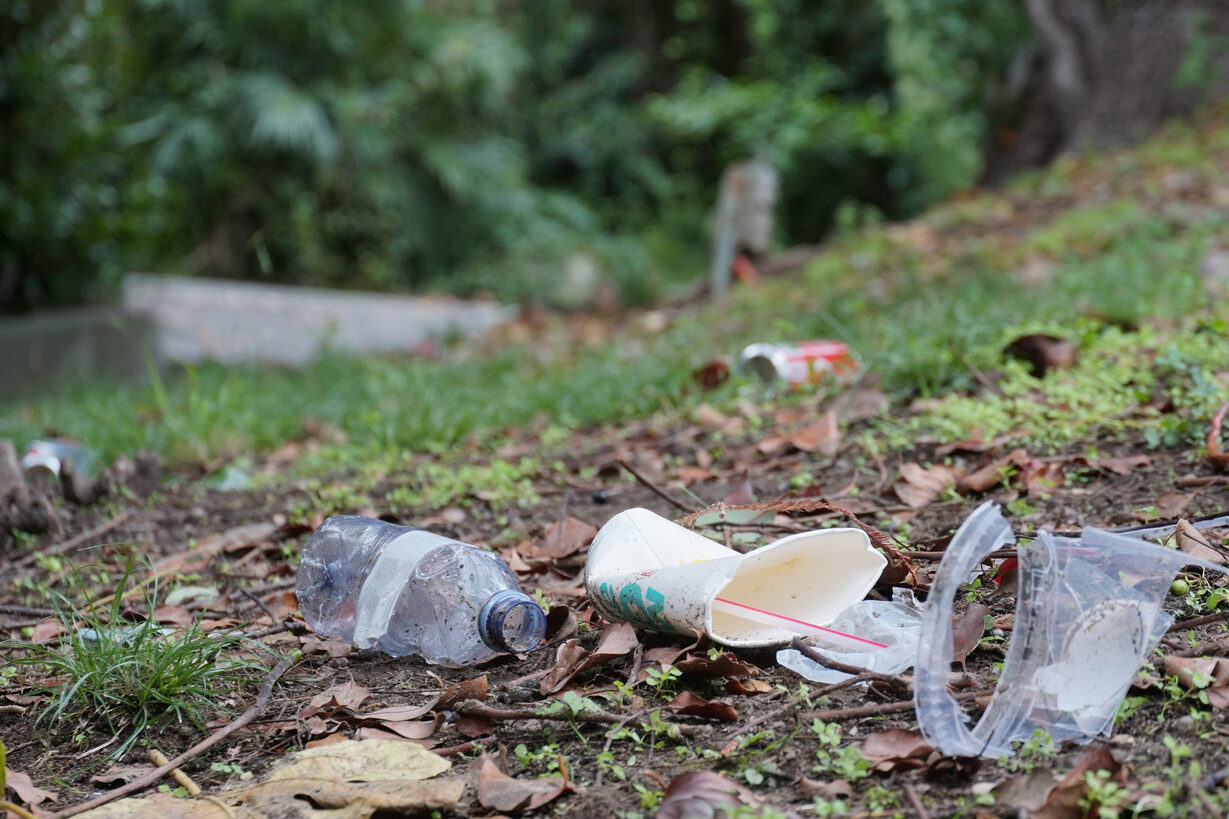
Local leaders emphasize that they are not against tourism. Visitors are welcome when they arrive with respect and consideration for the land and the people who live there. The real problem, they say, is carelessness, littering, trespassing, or treating private land as though it were a public park. The turnstiles serve as a reminder that beautiful destinations need care and boundaries to stay that way. It’s not about excluding outsiders but about protecting what makes the region worth visiting in the first place.
Travel’s Changing Future

The Italian turnstiles may be a preview of what’s to come for popular destinations worldwide. As more spots struggle with crowds and damage, expect to see fences, entry fees, or permit systems become more common. For travelers, this could mean the end of the completely open, free-access ideal. Instead, exploring beautiful places may come with responsibilities—and sometimes a literal gate. While some will see this as restrictive, others argue it’s the only way to ensure these landscapes survive for future generations to enjoy.
This story was first published on DailyFetch on Aug 22nd


